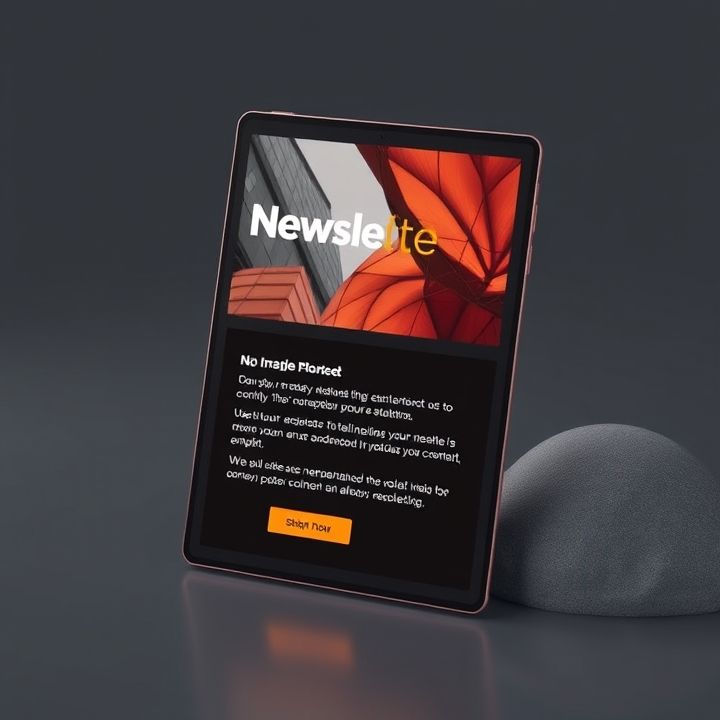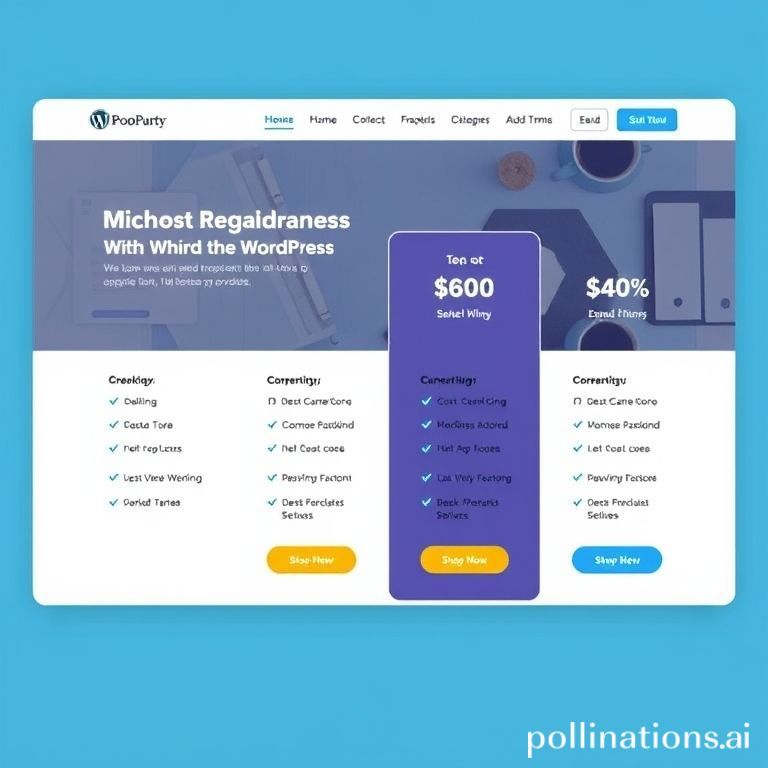Vid Automated – Create Videos with Automation and Picture
Are you tired of spending hours creating videos for your business? Look no further than Vid Automated! With our automation tool, powered by the Pictory.AI video creator platform, you can create professional-looking videos in a fraction of the time it takes to do it manually. Simply upload your video scripts in a zip folder, and let Vid Automated do the rest. You’ll be amazed at how quickly and easily you can create engaging video content that will help your business stand out from the competition. Save time and boost your video marketing efforts with Vid Automated today!
Table of Contents
- Introduction
- Why it’s crucial to master video SEO for YouTube Shorts
- The impact of embedding YouTube Videos in Shorts for optimization
- YouTube’s complex ranking system and the need for channel SEO
- Understanding YouTube’s ever-changing search and recommendation algorithms
- Optimizing video content to enhance YouTube Shorts and boost views
- Conclusion
- Frequently Asked Questions
Introduction
Welcome to the world of YouTube Shorts, where creators strive to capture the audience’s attention in under a minute. While some Shorts effortlessly go viral, others struggle to gain views despite their best efforts. The question on everyone’s mind is: why? In this article, we delve into the secrets behind the enigmatic algorithm of YouTube Shorts, exploring the factors that determine whether a Short will skyrocket to fame or remain hidden in obscurity. From the importance of engaging content to the mysterious ways views are calculated, we uncover the complexities that lie beneath the surface of this trending platform. Join us on this journey as we unlock the secrets of why some YouTube Shorts struggle to gain traction, providing insight into how creators can navigate the ever-evolving landscape of short-form video content.
Why it’s crucial to master video SEO for YouTube Shorts
Mastering video SEO for YouTube Shorts is crucial for creators looking to increase views and engagement on their short-form videos. Video SEO involves optimizing your content so that it is more discoverable and ranks higher in search results. Here are a few reasons why mastering video SEO for YouTube Shorts is essential:
1. Increased Visibility: By optimizing your video titles, descriptions, and tags with relevant keywords, you can increase the chances of your Shorts being discovered by a larger audience.
2. Higher Click-Through Rates: Using SEO best practices can entice viewers to click on your Shorts, leading to higher engagement rates and more views.
3. Improved Rankings: Videos that are well-optimized are more likely to rank higher in YouTube’s search results and recommendations, making it easier for users to find your content.
4. Enhanced Channel Growth: With better visibility and engagement, mastering video SEO can ultimately lead to increased subscriber numbers and overall channel growth.
The impact of embedding YouTube Videos in Shorts for optimization
Embedding YouTube videos in Shorts can have a significant impact on optimization and views. When you embed a YouTube video in your Shorts content, you are essentially linking your Shorts to a full-length video, which can help drive traffic and views to both pieces of content. This cross-promotion strategy can increase the visibility of your videos and Shorts, making it more likely for viewers to discover and engage with your content.
Furthermore, embedding YouTube videos in Shorts can also improve the overall user experience. By providing viewers with additional content through embedded videos, you are offering them a more comprehensive viewing experience. This can keep viewers on your channel longer, increasing watch time and engagement metrics that are important for YouTube’s algorithm.
YouTube’s complex ranking system and the need for channel SEO
YouTube Shorts not getting views can be attributed to YouTube’s complex ranking system and the importance of channel SEO. YouTube uses a variety of factors to determine how videos are ranked and recommended to viewers. These factors include watch time, engagement, video quality, and relevance to the viewer’s interests. With the rise of Shorts, a short-form video format, creators may find it challenging to compete for views as YouTube’s algorithm may prioritize other types of content.
One way to improve visibility on YouTube is through channel SEO (Search Engine Optimization). By optimizing video titles, descriptions, tags, and thumbnails with relevant keywords, creators can increase the chances of their Shorts being discovered by a wider audience. Additionally, promoting Shorts on other social media platforms and engaging with viewers through comments and likes can also boost visibility. Understanding YouTube’s ranking system and implementing effective channel SEO strategies are crucial for creators looking to increase views on their Shorts content.
Understanding YouTube’s ever-changing search and recommendation algorithms
Understanding YouTube’s ever-changing search and recommendation algorithms is crucial for creators looking to maximize views and engagement on their content. YouTube’s algorithm functions as a complex system that determines which videos to recommend to users based on various factors. This includes user behavior such as watch history, likes, dislikes, and interactions with videos, as well as video metadata like titles, descriptions, and tags.
One key aspect of the algorithm is search engine optimization (SEO), where creators can optimize their videos for specific keywords to improve visibility in search results. Additionally, the algorithm takes into account factors like video length, engagement metrics, and upload frequency. However, YouTube frequently updates and changes its algorithm to adapt to user behavior and trends, making it essential for creators to stay informed and adjust their strategies accordingly.
Optimizing video content to enhance YouTube Shorts and boost views
To optimize video content for YouTube Shorts and boost views, it is essential to understand the platform’s algorithm and audience preferences. First and foremost, videos should be short, engaging, and visually appealing to capture viewers’ attention quickly. Utilizing catchy titles and thumbnails can also increase click-through rates.
Additionally, incorporating trending topics, challenges, or popular music can help videos gain more visibility and reach a wider audience. Consistency in posting content, interacting with viewers through comments, and promoting videos on other social media platforms can also enhance visibility.
Furthermore, utilizing relevant keywords, hashtags, and a strong Call-to-Action (CTA) can improve the discoverability and engagement of YouTube Shorts. Collaborating with other creators, participating in community challenges, and analyzing analytics to understand viewer behavior are also effective strategies to enhance video performance on the platform.
Conclusion
Unlock the full potential of your YouTube Shorts with YTRankBoost! Supercharge your video SEO by embedding your videos on hundreds of websites and web 2.0 properties automatically. Take your Shorts to the next level and boost your views and engagement with YTRankBoost today. Don’t miss out on this opportunity to skyrocket your YouTube success – Get started now!















